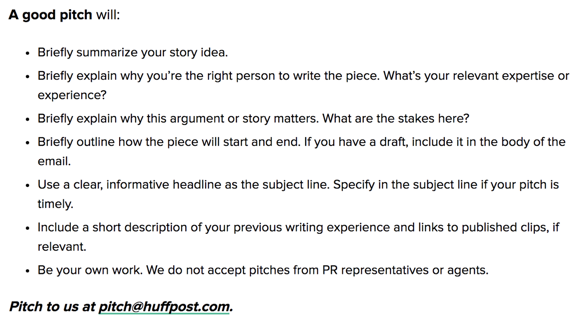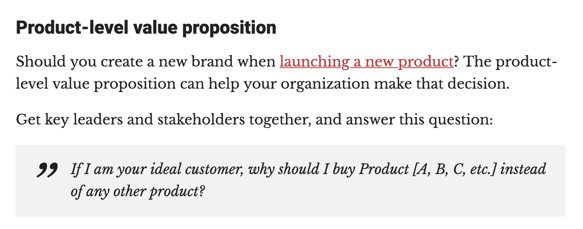
It’s challenging to successfully pitch a guest article, but worth the effort.
Guest blogging helps to expand the reach of your content marketing, establish topical authority, and create valuable backlinks for your website.
Many sites accept guest posts. However, editors for these sites are over-pitched. To get your blog published, you must convince the editor that your article will resonate with their readers. A strong pitch email allows you to make your case in a clear and convincing manner.
This article offers five top tips for improving your pitches for guest articles.
#1: Pitch Original Content
Once you’ve identified an appropriate guest posting opportunity, the best way to capture an editor’s interest is with original content that caters to their audience.
Before you choose a topic, browse the website in question. Which articles are getting the most likes and shares? What themes are popular on similar websites? Use your research to identify topics that are getting traction at the moment.
Content publishers are sensitive to their audience’s preferences, so write to be timely and relevant. A fresh take on an evergreen topic is always welcome, as are insights into a trending discussion.
Be sure to align your headline and blog topic. A snappy headline will hook the editor’s attention, so include a few potential titles that would fit the site’s readers.
Tools like Buzzsumo can help you find-top performing blogs by topic and avoid tired discussions.
#2: Follow All Guidelines
Don’t send an editor a blind pitch, as it will likely be rejected. Content guidelines help busy editors to weed out guest posts that miss the mark. Huffington Post is clear about what it wants from guest bloggers:

(Source)
If a pitch overlooks the guidelines, it indicates that the writer is inexperienced or can’t follow directions. Editors receive many submissions every day and avoid pitches that are likely to add to their workload.
Ask for clarification from the site editors, if needed. This shows that you’re serious about being published, and may influence the editor’s consideration of your post.
Content guidelines can also have a direct impact on how you write your post, so read them in detail.
#3: Do Keyword Research Ahead of Time
Keyword-optimized content is appealing because it helps to drive traffic and boost the site’s rank in the search engine.
You can use the Google Keyword Planner to identify popular keywords and related keywords. Use the keywords naturally in the headline, headers, and the body copy. For best results, incorporate them in the opening paragraph and the closing paragraph as well.
Ensure that the readability of your article doesn’t suffer for including keywords, as editors prioritize the reader’s experience above all.
Avoid being spammy with keywords but show the editor that you know the value of optimized blog content.
Ahref's has a great Beginner's Guide to Keyword Research to help you learn more.
#4: Structure Your Article
Format your guest post so it matches others on the site. This means using best practice for web writing, such as using short sentences that allow for skimming and using sub-headers.
Replicate any structural elements that you see on the website, including:
- Bullet lists
- Capitalization
- Subheadings
- Conventions
- Images
In the following example from ConversionXL, a guest blogger would want to replicate the question box that the site editor to increase readability:

(Source)
Guest posts that arrive formatted to the site are more likely to get accepted by the editor.
#5: Be Polite
Be genuine, brief, and polite with your pitch. Explain why your guest post is relevant and thank the editor for their time.
Since editors are busy, it can take up to a week to get a response. Respect their time and their final decision, as you may want to submit again in the future. If your article is rejected, you can always pitch it to another site.
Pitching a Guest Article Successfully
It takes patience and practice to get a guest article accepted.
Be sure to generate interesting topics ideas, observe best practice, and follow content guidelines. Doing so will help to capture the editor’s interest and position your article as an easy inclusion in the publication.

